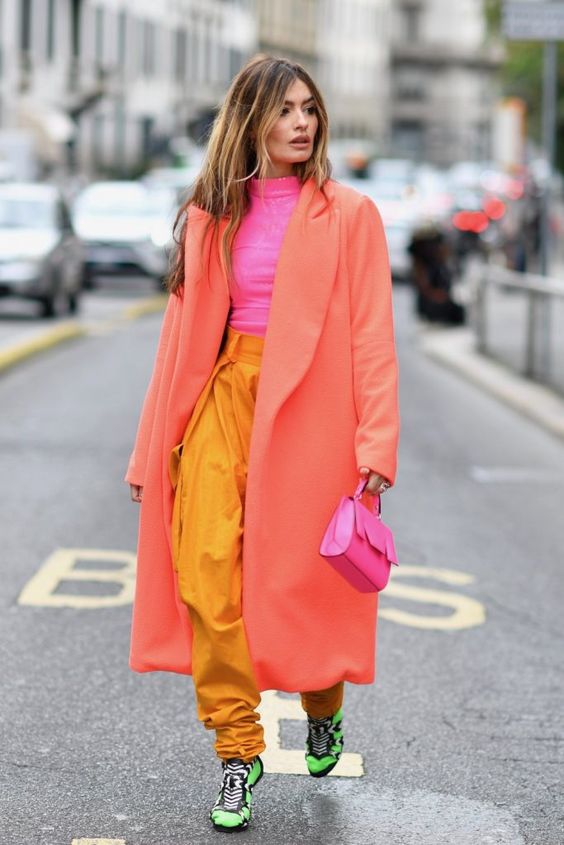Erlanggablog.com – Global Fashion Brands is much more than advertising. It helps to promote the sale and re-sale of consumer products from the same brand. While in the past fashion branding has mainly focused on buying and consumption decisions, recent research suggests that brand identity is actually a complex process which should be studied from a fashion, luxury, and historical perspective. By understanding how buyers think about brands, a strategy can be developed for developing advertising campaigns which appeal to these different cognitive models. Following are some of the topics which are currently being researched in the field of fashion branding.
Leading Global Fashion Brand
While the media has traditionally been a key part of the marketing of luxury goods, new research suggests that global fashion brands are seeing a new media presence. Many luxury brands have used the web to get in front of customers and create a face-to-face feel. This makes buying a product more interactive and adds a personal touch. Consumers are able to discuss brands with other consumers and even purchase products online.
Luxury brands have traditionally had higher revenues per item sold. However, the drop in tourism resulting from the growth of Asia has caused a slowdown in global fashion brands’ revenue growth. For example, despite increases in the sale of branded handbags in China, annual sales growth for the largest clothing companies in the country are no longer as high as it was a decade ago. The slowing economy in China and the rise of more traditional services such as internet shopping have contributed to this decline. While the traditional markets for such goods are affected, it is clear that the biggest players in the global fashion industry have already moved to Asia. Luxury and designer handbag brands are expected to experience strong growth in Asia given the increasing popularity of these items among Chinese consumers.

Middle Eastern consumers are another significant force driving the growth of global fashion brands. Middle Eastern countries such as Saudi Arabia, Dubai and Qatar have traditionally had strong buying habits. In fact, many traders consider their annual purchases of western clothing to be an important source of revenue for many of these countries. With more consumers in these countries spending more money on western brands and products, many of these countries have found ways to become manufacturers and importers of high quality clothing items. As a result, brands like Burberry, D&G and Calvin Klein are now popular clothing items for middle eastern consumers. These brands have increased their market share in the region by tapping into the high end market that previously had very few options.
Adidas High-End Clothing Brand
High end apparel brands such as Adidas, Tom Ford and Prada have been successful at penetrating the casual market in Asia. Many of these brands provide work wear for employees in IT or management roles. They have also leveraged their brand’s power to launch attractive apparel lines for casual workers such as sweatshirts and jeans. The demand for these brands is high and growing. Many of the shoppers in Asia are looking for the urban look and feel associated with high-end brands and are willing to pay a premium for them.

Modest fashion brands have often been overlooked when considering global fashion brands. However, there are many countries around the world that have traditionally had very poor fashion choices. For example, many countries in Asia have very poor clothing manufacturing standards that have made it difficult for many people to afford designer brands. In some cases, they have even been forced to import brands from other countries due to the poor conditions experienced by their textile industries.
The World’s Most Luxurious Global Fashion
While global fashion brands like Calvin Klein, D&G and Prada have leveraged their brands to expand into the Middle East, they may also do so at the cost of local labor. In countries such as Egypt, Saudi Arabia and Malaysia, working conditions are extremely poor and many workers have been killed during the recent wave of anti-business reforms sweeping across the country. Labor rights advocates have been calling for an boycott of these luxury brands like Calvin Klein, D&G and Prada to send a strong message to the companies that are making the products. This is just one of the examples of how luxury brands like these can negatively affect countries that need them the most.

While the global fashion brands like Calvin Klein, D&G and Prada are sending a clear message to their customers that they care about the social issues of developing countries, they may be hurting their own businesses by making their clothes more expensive and thereby increasing profits at the cost of the working conditions of laborers in these poor nations. Luxury brands will need to do far more to support the workers of the Middle East if they want to continue expanding into these countries. If they choose to do so, they should do so in a way that does not hurt their own bottom line while doing so. It seems counter-intuitive to make the products more expensive in the hope of reducing labor costs, but this is exactly what many companies have been doing. By choosing to boycott these luxury brands, we can send a clearer message to the world that the rich and famous care about the problems of the world’s poor, but they choose to do business in nations where labor is less than dirt cheap.







